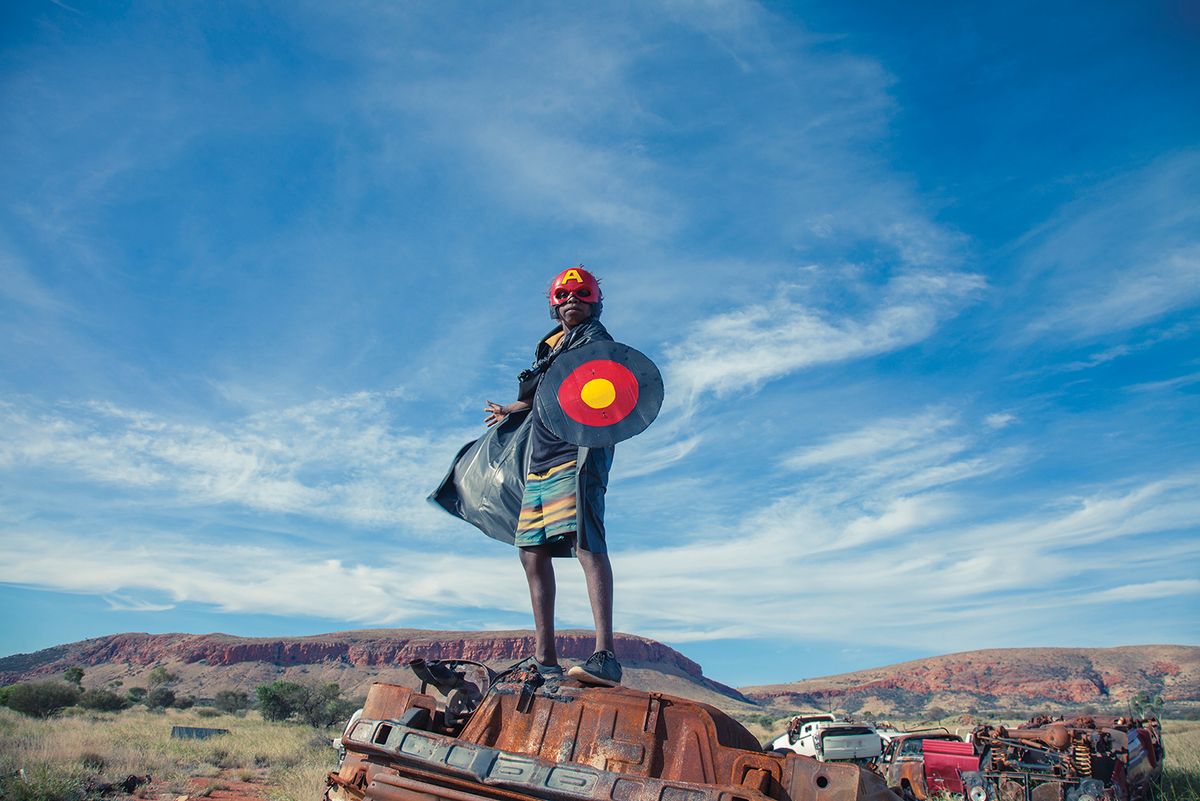The title of this year’s Rencontres d’Arles photography festival in the south of France, Disobedient Images, was partly inspired by a feature in The Guardian newspaper. “We were thinking about what to call it, and then we saw this incredible article,” says the festival’s director, Christophe Wiesner.
The article is about a database obtained by the Associated Press that highlights the extent—and, often, the absurdity—of the wholesale deletion of thousands of images and online posts at the Pentagon as part of US President Donald Trump administration’s sweeping purge on anything remotely connected to DEI (diversity, equity and inclusion initiatives). This included, according to The Guardian, removing the name of the aircraft that dropped the atomic bomb on Hiroshima in 1945: the Enola Gay.
Wiesner was reminded of the cut-and-paste censorship of Soviet-era photo manipulation and, no doubt, David King’s remarkable book The Commissar Vanishes (1997), in which we see variations of the same images before and after they were doctored to remove officials who had fallen out of favour with Joseph Stalin. “One of the great things about photographs is that you have copies everywhere,” Wiesner says. “And even if you want to erase them, they are always popping up again.”
Unruly spirit
This sense of the “disobedient” photograph that cannot be contained, reappearing in surprising new ways, chimed with the programme that Wiesner and his team of curators had already come up with, quietly asserting the role of photography to not just record history, but to question it. The title references the underlying theme of this year’s edition: the unruly spirit of “resistance, testimony, and social transformation in the face of contemporary crises”, writes Wiesner in his introduction to the festival catalogue. “More than ever,” he concludes, “the image asserts itself as a space for awareness and reinvention.”
This can be seen most clearly in a section of the programme titled Counter-Voices, including two group exhibitions from Australia and Brazil. On Country, which is prominently positioned at the Eglise Sainte-Anne in the centre of Arles, will put “First Peoples’ practice and relationality at the core”, according to the organisers.
Among the works by 20 artists will be Warakurna Superheroes, which was developed by Tony Albert and David C. Collins in collaboration with children from a remote Aboriginal community in the Northern Territory. Fittingly, one of these images has been selected as the hero image for the festival, used on posters throughout the city and on the catalogue’s cover.
Ancestral Futures, on display at another of Arles’s grand churches, the Église des Trinitaires, presents an emerging generation of artists working with photography, video, artificial intelligence and collage to address the legacy of colonialism, violence and inequality in Brazilian society.
Echoes from a Near Future, a solo show by the Canadian artist Caroline Monnet, draws on her Anishinaabe heritage to give a platform to Indigenous women, while Brandon Gercara’s Magma in the Ocean presents a transgressive queer narrative from his homeland, Reunion Island.
From favelas to fashion
Elsewhere, Archive Tales includes previously unseen work by the French artist Agnès Geoffray, whose exhibition They Stray They Persist They Thunder is based on research into “preservation schools” for so-called deviant girls, shown alongside remarkable archive images by two Brazilians who worked for nearly 60 years to document the lives of fellow residents in one of the country’s largest favelas.
The festival intends to be a platform for these broad sociopolitical concerns as much as for dialogue between photography’s past and present—“an observatory of our world,” writes the French minister of culture, Rachida Dati, in her forward to the Rencontres catalogue, honouring “the great figures of photography just as much as it explores and reveals the dynamism of contemporary creation”.
There is a balance at play with the programming, says Wiesner, whose task is to both engage a wide public (there were a record 160,000 visitors last year, contributing to more than half the €7.5m budget) and to give the 20,000 professionals who gather during the opening week something to talk about.
Works of a more classical bent include an exhibition devoted to the late fashion designer Yves Saint Laurent and his collaboration with photographers, and a retrospective of Louis Stettner’s pioneering street photography shot in New York and Paris, which also foregrounds his political activism.
“Arles is still a place where you can go and get a taste of what contemporary photography is about,” says Louise Fedotov-Clements, the director of Photoworks in the UK and co-founder of the Format festival in Derby, who is a veteran visitor to Arles. Fedotov-Clements, who has travelled extensively to photography festivals around the world, adds: “When they work well, festivals can be like a laboratory…[offering] multiple exhibitions in one place all at the same time, which gives you a much deeper and wider variety of positions on a collective theme.”
• Disobedient Images, Rencontres d’Arles, 7 July-5 October


